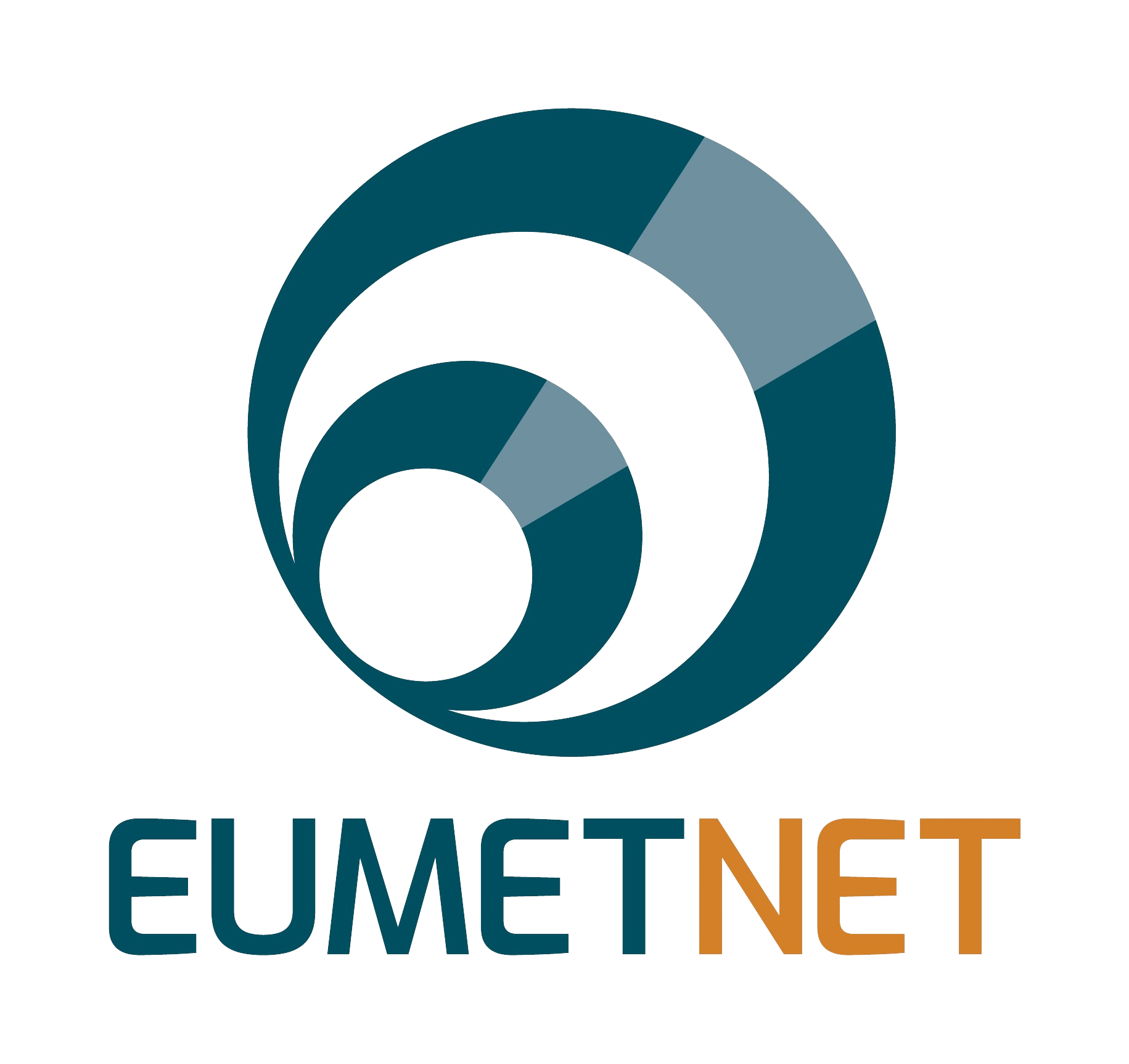E-NWC
The EUMETNET Nowcasting Programme (E-NWC) started in January 2019 and will last until December 2023. It is the follow-up project of ASIST (Application oriented analysis and very short range forecast environment).
Objectives
"Application oriented analysis and very short range forecast environment."
The tasks
ENC Series
ENC 2014: http://www.zamg.ac.at/ENC2014/
ENC 2017: https://www.dwd.de/EN/specialusers/research_education/seminar/2017/enc/enc_en.html
ENC 2019: https://enc2019.aemet.es/
The organisation
o WA1: Seamless prediction systems
o WA2: Observations
o WA3: Verification
o WA4: End user aspects
Nowcasting experts from different member states participate in each WA. In each WA, one WA leader is coordinating the work to achieve the tasks. An ET is formed and consists of:
o Programme manager and assistant,
o FCA manager
o 2 Co-Chairs
o 2-3 representatives from each WA
Summary of 2nd European Nowcasting Conference
3-5 May 2017
DWD, Offenbach
The 2nd European Nowcasting Conference (ENC), organised under the umbrella of the EUMETNET nowcasting project ASIST, was held at the headquarters of DWD in Offenbach, Germany, from 3 to 5 May 2017. Close to 100 participants from 24 nations presented their latest findings on observations, nowcasting techniques, verification, user aspect and combined nowcasting/numerical weather prediction. Besides the many excellent presentations, there was plenty of room for discussions during dedicated time slots at the end of each session as well as during poster sessions and coffee breaks.
To a large extent, observation and nowcasting techniques dedicated to convective phenomena were presented, indicating that thunderstorms and lightning are still one of the major themes in nowcasting. Furthermore, it could be noted that, even at individual national meteorological services (NMS), a wide variety of nowcasting systems and models are available which can lead to an overwhelming (and sometimes inconsistent) suit of nowcasting information available for forecasters. It is thus not surprising, that efforts towards seamless prediction systems, incorporating a multitude of nowcasting and NWP models, can be noted. While nowcasting is still tied to observations and their short-term extrapolation, the combination of nowcasting with NWP is gaining momentum as NWP systems with rapid update cycling are approaching the nowcasting domain.
While the conference gave an impressive view of the many efforts in nowcasting techniques, there currently still seems to be a lack of coordinated activities. Similar systems are developed in parallel at different research institutes or NMS’s and one might ask if a coordination of those efforts could be fruitful and result in widely accepted and applied nowcasting tools. Modelling consortia, such as those for NWP’s, are not yet existent for nowcasting. Possibly, such cooperation is difficult due to regional and observation specific characteristics as well as the end-user focused nature of nowcasting . In this heterogeneous and interdisciplinary setting, it is important that the EUMETNET nowcasting project ASIST continues to support the cooperation between nowcasting researchers and practitioners among NMS’s.
The presentations from this conference can be found here.
